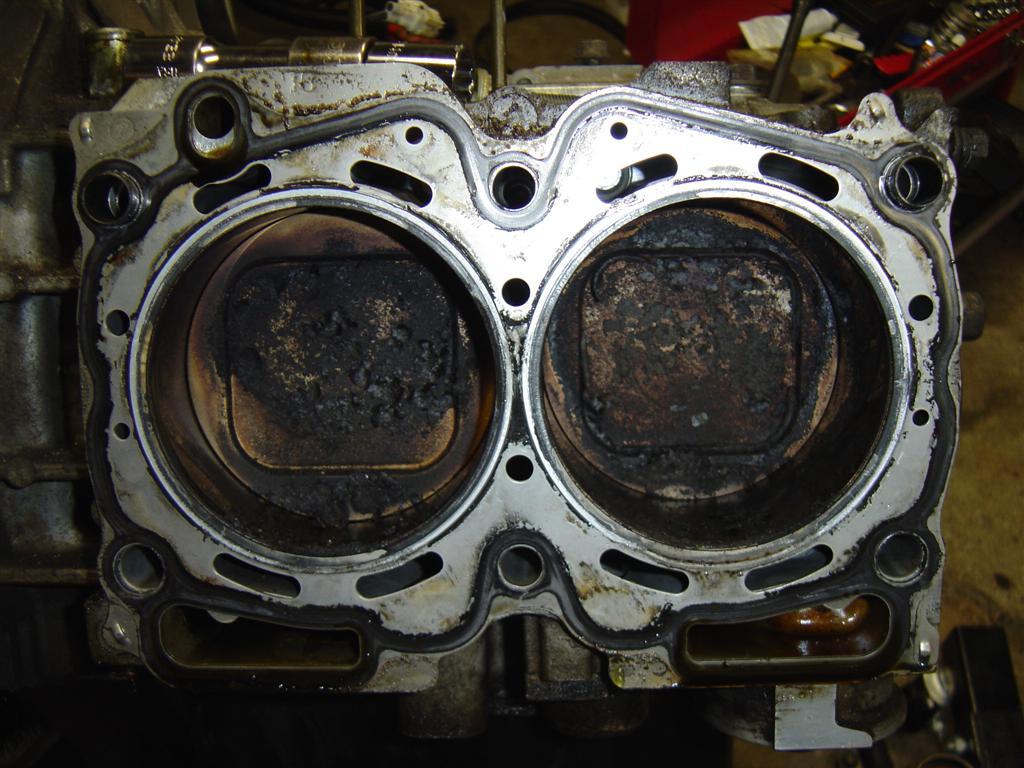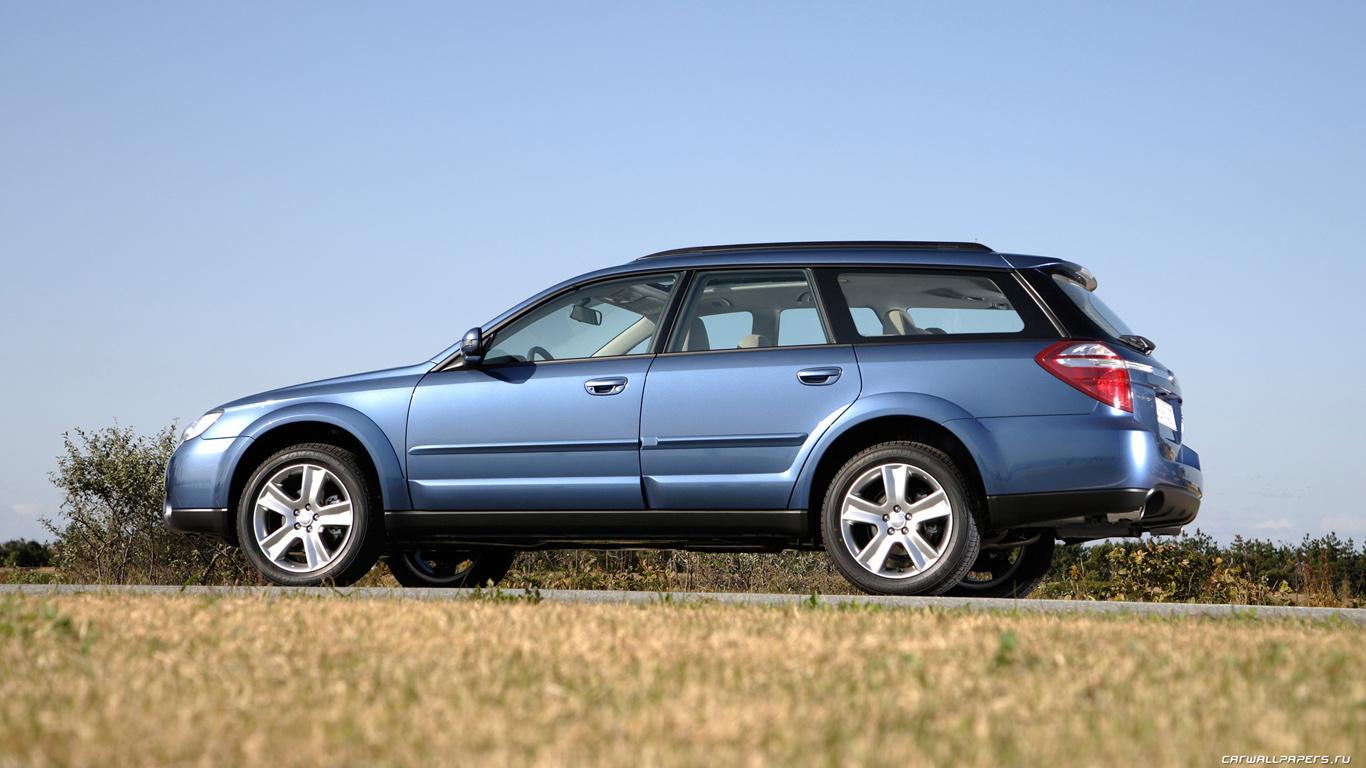Subaru Head Gasket Problem: The History and The Symptoms
Despite many good reputations for their powerful performance, there is another reason why Subaru is known to automobile enthusiasts though it is rather an infamous one. And that is the Subaru head gasket problem, which is a stain on the company’s impressive record of manufacturing first-class vehicles.
Subaru Head Gasket Problem: The Faulty Models
If you consider the Subaru head gasket years, you can pinpoint the problem to distinct groups of production years.
The Group 1 head gasket issues
The Group 1 or first-generation models include Impreza, Forrester, Legacy G.T., and Outback between 1996 and 1999. These cars face the problem of an internal leak in the head gasket that causes the engine to overheat.
The major source is that the engine overheated as a result of coolant loss caused by the leak head gasket. If the cooling system fails to function effectively, the engine cannot manage the quantity of heat produced, resulting in overheating.
Visible symptoms of this leak include an oily residue in the coolant overflow bottle and a probable exhaust, gasoline, or Sulphur odor in the overflow coolant bottle.
Other indications include high coolant temperature gauge readings and sporadic overheating during extended rides. In severe circumstances, you may even notice a damaged radiator.

The Group 2 head gasket issues
The Group 2 or second-generation models are the Legacy and Outback from 2000, the Forrester from mid-1998, and the mid-1998 Impreza. These cars develop an external oil leak at the head gasket and a coolant leak at the gasket’s left side. Both problems lead to engine overheating recurrently.
This type of head gasket rupture does not usually result in engine overheating. However, due to the engine location and coolant system, there may be concerns with coolant mixing with the oil.
When coolant leaks and mixes with oil, it dilutes the oil and impairs lubrication, ripping up other parts like a rod bearing or causing the whole engine to seize.
Here is a summary table of the Subaru head gasket problems of some first and second generation models.
| Subaru head gasket issue | Car Models |
| Internal head gasket leaks | Subaru Legacy LSi,
Subaru GT 1996 – 1999 Subaru Outback 1996 – 1999 |
| External leaks between the engine block and the cylinder heads | Subaru Impreza (from 1999 to 2011)
Subaru Forester (from 1999 to 2010) Subaru Legacy (from 2000 to 2009) Subaru Outback (from 2000 to 2009) Subaru Baja (from 2003 to 2006) |
Subaru Head Gasket Problem: Why Did It Start?
The problems started when Subaru started using a composite head gasket in some of their car models from 1997 to 1999. The device features a multi-layer steel shim coated with a graphite layer. It was not up to the mark and allowed coolant to leak into the exhaust pressure and combustion chamber.
There was no Subaru head gasket recall but the company redesigned the cylinder heads and configurations of the camshaft. However, it only led to the coolant and oil leak at the external head gasket.
>> See more: Honda Recalls Odyssey Minivans for a Latching Problem
The Symptoms of Subaru Head Gasket Problem
So as recorded, there are 2 main problems for the Subaru head gasket, which are internal head gasket leaks and external leaks between the engine block and the cylinder heads. However, this part may also be prone to severely leaking or blown issues you can not even anticipate.
Each kind of existing problem with specific Subaru models has its recognized signs as we mentioned above. But the overall symptoms can be more than anything that you’ve seen before.
To sum-up, these are the general easy-to-notice signs of gasket failure:
- Oil trickling down between the head and block surfaces. The leak will get bigger with time and possibly lead to a coolant leaking.
- The Sulphur or fuel smell from the coolant reservoir. At this stage, you will also notice higher readings in the coolant temperature gauge.
- Recurrent engine overheating during a long drive.
- White smoke and sweet-smelling smoke come from your exhaust pipe. This happens when the coolant leaks into the cylinders and turns into streams.
- Oil or coolant leakages outside of the engine
- Engine power decreases as the broken head gasket affects engine combustion.
Although these head gasket issues are quite visible and can significantly affect the performance of the car, Subaru have never recalled any production.
They only began equipping all of their vehicles with pellets to drop into the radiator antifreeze in 2014 and then issued an extended warranty of 100,000 miles on their head gaskets.

Is There Any Solution For The Subaru Head Gasket Issues?
Early detection of the Subaru head gasket problem and repair it will solve the issue altogether. In fact, a properly maintained vehicle after the repair will run for thousands of miles without any hitch.
Just so you know, related to this issue, a warranty for head gaskets is covered by Subaru. But many reports state that this issue generally occurred between 120,000 or up to 150,000 miles.
So to be sure, before your car’s original warranty expires, get your Subaru thoroughly inspected to verify everything is functioning properly. If a fault is detected, it can be rectified before the OEM (Original Equipment Manufacturer) expiration date while you are still in warranty.
In case you have an older-line Subaru or are thinking about purchasing one, investing in an extended warranty can give safety in the case of a breakdown or repair.
Overall, early detection of the head gasket Subaru problem and repair of it will solve the issue altogether. In fact, a properly maintained vehicle after the repair will run for thousands of miles without any hitch.
The things you can do to keep your Subaru in a good health are:
- Changing the oil on a regular basis.
- Clean the battery terminals and surroundings at regular intervals so that there is no accumulation of rust and corrosion.
- Checking the coolant cylinder and changing the fluid when it’s dirty.
- Take the maintenance service from a reputed shop or experienced mechanics who are specialized in Subaru models.
FAQs on Subaru Head Gasket Problem
1. What is the cost to fix the failing head gasket?
The work required to repair a blown head gasket is highly expensive since the engine and cylinder blocks must be lifted apart to access the gasket. A head gasket replacement costs around $1,000 on average but can range between $1,500 to $2,000, depending on the models and engine types.
If you are curious, learn more about how to fix a blown head gasket in less than an hour at low prices with Oxmanagain!
2. Will the Subaru head gasket problem be completely solved by replacing a new OEM gasket?
It depends on the OEM quality you choose. If you have a high-qualified OEM gasket, that’s all good.
But if you are not lucky, the poorly designed gaskets you get may break after 80,000 to 100,000 and much quicker when used as a replacement due to the differing expansion rates of the metals used in the case and the head.
As the alternative, you can opt for other gaskets designed for high-performance engines. They may cost nearly twice as much as OEM ones, but the labor savings from performing the work correctly the first time is well worth it.
3. What year did Subaru solve the head gasket problem?
Subaru began employing a multi-layered steel cylinder-head gasket in 2009, therefore newer cars with the EL25 2.5-liter engine should have considerably fewer head gasket problems.
4. Do Subaru engines still have head gasket problems?
It is not true that all Subaru models are affected by the problem until today. Moreover, there is a widespread saying that all models were affected by the same head gasket problem. And it is also not true.
Beware of the models we’ve listed above and try to find as much information as you can on your next Subaru purchase to avoid issues in the future.
5. How long will a Subaru last after head gasket replacement?
After replacing the Subaru head gaskets, on average, it can last from 100,000 and 160,000 miles.
6. Can I drive my Subaru with a blown head gasket?
Is driving with a burst head gasket safe? No, the sooner you repair it, the better. Not only cause engine damage but going with a blown head gasket might be risky.
Conclusion
Hopefully this piece of information on the Subaru head gasket problem will be helpful to you to some extent. If you have any questions about this topic, leave a comment in the box below.
For more car recalls and maintenance tips, follow Car From Japan today.














